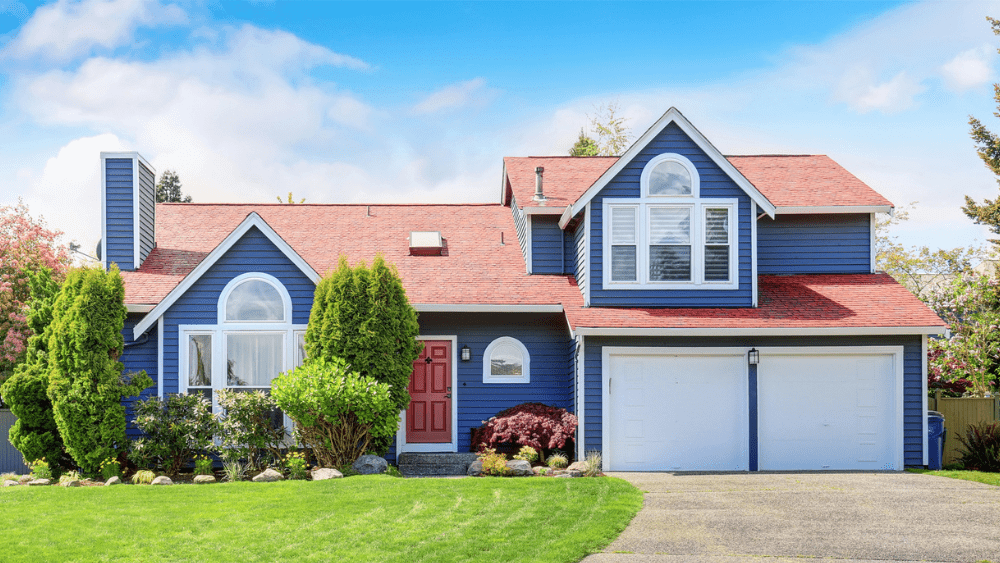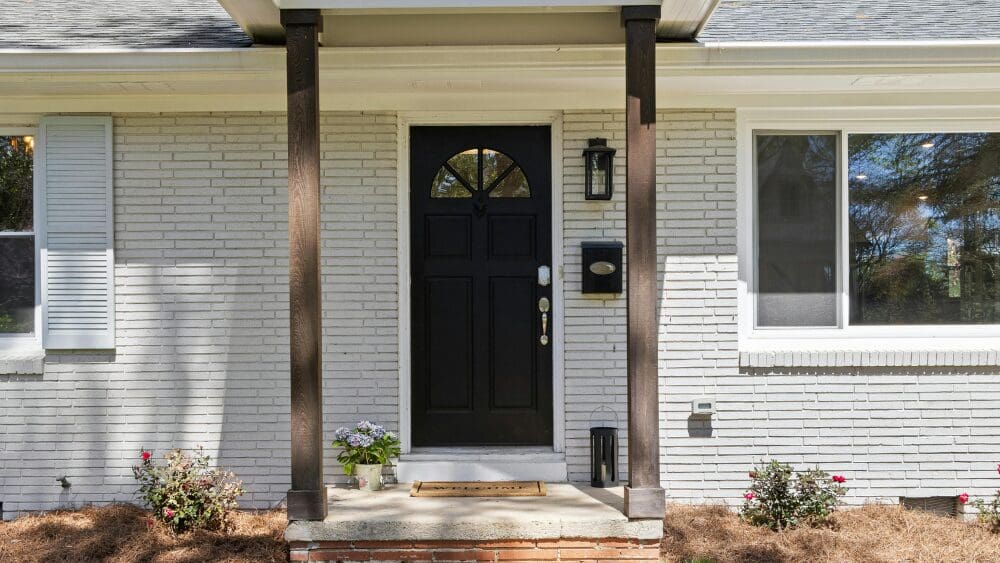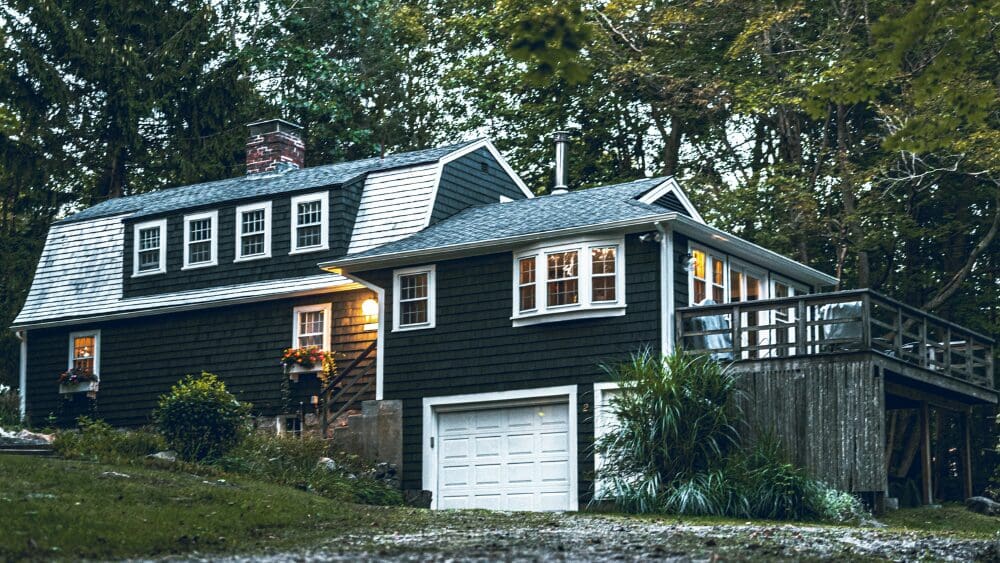
As a homeowner, it’s likely your property is a big part of your retirement plan. If you’re exploring options to make the most of your home’s value in your golden years, you may be considering a home equity conversion mortgage (HECM), also known as an FHA reverse mortgage home loan. In this post, we’ll break down what a home equity conversion mortgage is, how it works, and what you need to qualify. A home equity conversion mortgage is a type of reverse mortgage insured by the Federal Housing Administration (FHA). Unlike a traditional mortgage, where you make payments to a lender, an HECM allows borrowers age 62 or older to receive payments from their home’s equity. This can provide a source of income during retirement, helping you tap into the value of your home without needing to sell it. “In today’s market, where many retirees face the challenge of rising costs and longer lifespans, a reverse mortgage offers a way to supplement income without the burden of monthly mortgage payments,” says Cliff Auerswald, author and president of All Reverse Mortgage, Inc. “It’s a solution that I believe can truly make a difference in people’s lives.” Since 1990, more than 1.3 million older homeowners have used HECM loans to access their home equity. In the first half of 2024, nearly 20,000 homeowners started HECM loans, according to the National Council on Aging (NCOA). When you take out a home equity conversion mortgage, you borrow against the equity you’ve built up in your home. The amount you can borrow depends on several factors, including your age, the value of your home, and current reverse mortgage interest rates. Instead of making monthly mortgage payments, the lender pays you. The money can be received in four ways: 1. As a lump-sum payment 2. As a series of monthly payments 3. As a line of credit (similar to a HELOC or credit card) 4. As a combination of monthly payments and a line of credit The loan balance increases over time as interest accrues, and it is typically repaid from the sale of the home when you or your heirs are no longer living in the property.What is a home equity conversion mortgage?
How does a home equity conversion mortgage work?



